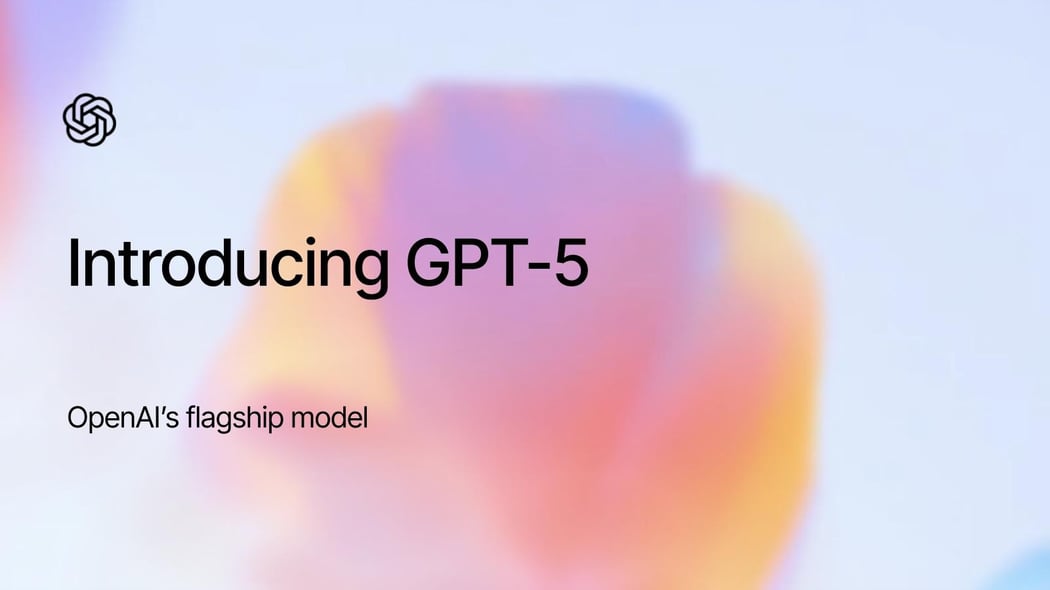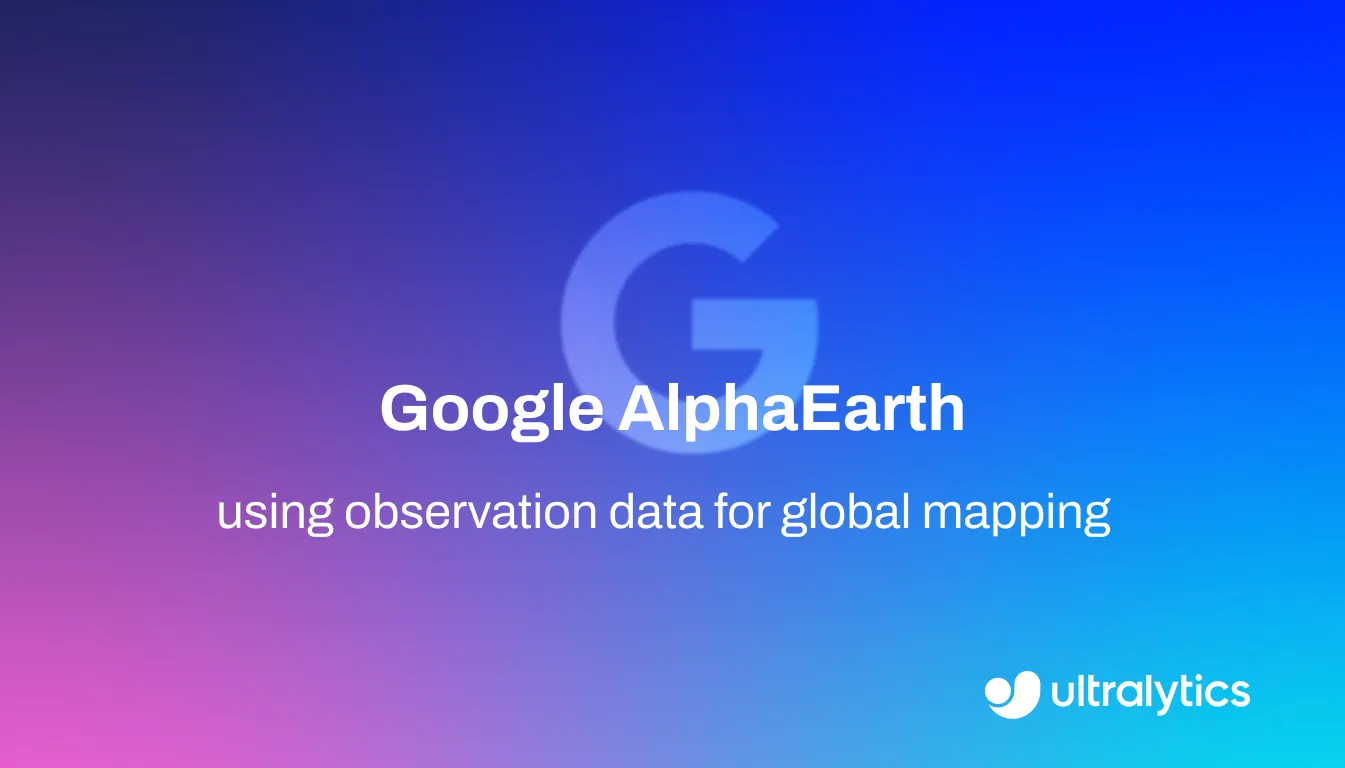JSON
Entdecken Sie, wie JSON KI- und ML-Workflows durch nahtlosen Datenaustausch, Modellkonfiguration und Echtzeitanwendungen vereinfacht.
JSON (JavaScript Object Notation) ist ein leichtgewichtiges und textbasiertes Datenaustauschformat, das für Menschen leicht zu lesen und zu schreiben und für Maschinen leicht zu analysieren und zu erzeugen ist. Ursprünglich von JavaScript abgeleitet, hat es sich zu einem sprachunabhängigen Standard entwickelt, der von praktisch allen modernen Programmiersprachen unterstützt wird. Seine Einfachheit und Flexibilität machen es zu einem Eckpfeiler für die Datenspeicherung, Konfigurationsdateien und die Kommunikation zwischen Servern und Webanwendungen, einschließlich solcher, die mit künstlicher Intelligenz (AI) und maschinellem Lernen (ML) arbeiten.
Wie JSON funktioniert
JSON stellt Daten in zwei Hauptstrukturen dar:
- Objekte: Sammlungen von Schlüssel-Wert-Paaren, eingeschlossen in geschweifte Klammern
{}. Schlüssel müssen Strings sein, und Werte können Strings, Zahlen, Boolesche Werte, Arrays oder andere Objekte sein. Diese Struktur ist ideal für die Darstellung von Entitäten mit mehreren Attributen, z. B. die Konfigurationseinstellungen eines Modells. - Arrays: Geordnete Listen von Werten, eingeschlossen in eckigen Klammern
[]. Die Werte in einem Array können einen beliebigen gültigen JSON-Datentyp haben. Dies ist nützlich für die Speicherung von Listen von Elementen, wie mehrere Begrenzungsrechteck Vorhersagen aus einem Objekterkennungsmodell.
Diese einfache Syntax, die durch den ECMA-404-Standard definiert ist, macht JSON-Dateien sowohl kompakt als auch für den Menschen lesbar, was eine einfache Fehlersuche und manuelle Überprüfung erleichtert.
Anwendungen in AI und maschinellem Lernen
Im Kontext von KI und ML ist JSON während des gesamten Projektlebenszyklus unverzichtbar, von der Datenvorverarbeitung bis zur Modellbereitstellung. Seine universelle Kompatibilität mit Frameworks wie PyTorch und TensorFlow gewährleistet einen nahtlosen Datenfluss.
Hier sind zwei gängige Anwendungen aus der Praxis:
- Datensatz-Anmerkungen: Viele beliebte Computer-Vision-Datensätze, wie z. B. der COCO-Datensatz, verwenden JSON-Dateien, um Anmerkungen zu speichern. Für eine Objekterkennungsaufgabe kann eine JSON-Datei die Eigenschaften jedes Bildes definieren, einschließlich des Dateinamens, der Abmessungen und eines Arrays von Objekten. Jedes Objekt in dem Array enthält eine Klassenbezeichnung (z. B. "Auto", "Person"), einen Konfidenzwert und die genauen Koordinaten der Bounding Box.
- API-Kommunikation und Modellausgabe: Wenn ein trainiertes Modell wie Ultralytics YOLO11 als Dienst bereitgestellt wird, kommuniziert es häufig über eine REST-API. Ein Eingabebild wird an den API-Endpunkt gesendet, und das Modell gibt seine Vorhersagen im JSON-Format zurück. Diese strukturierte Ausgabe kann leicht von anderer Software genutzt werden und ermöglicht eine reibungslose Integration in größere Anwendungen, von der Robotik bis zu intelligenten Überwachungssystemen. Plattformen wie Ultralytics HUB machen sich dies zunutze, um Modelle und ihre Ergebnisse effizient zu verwalten.








